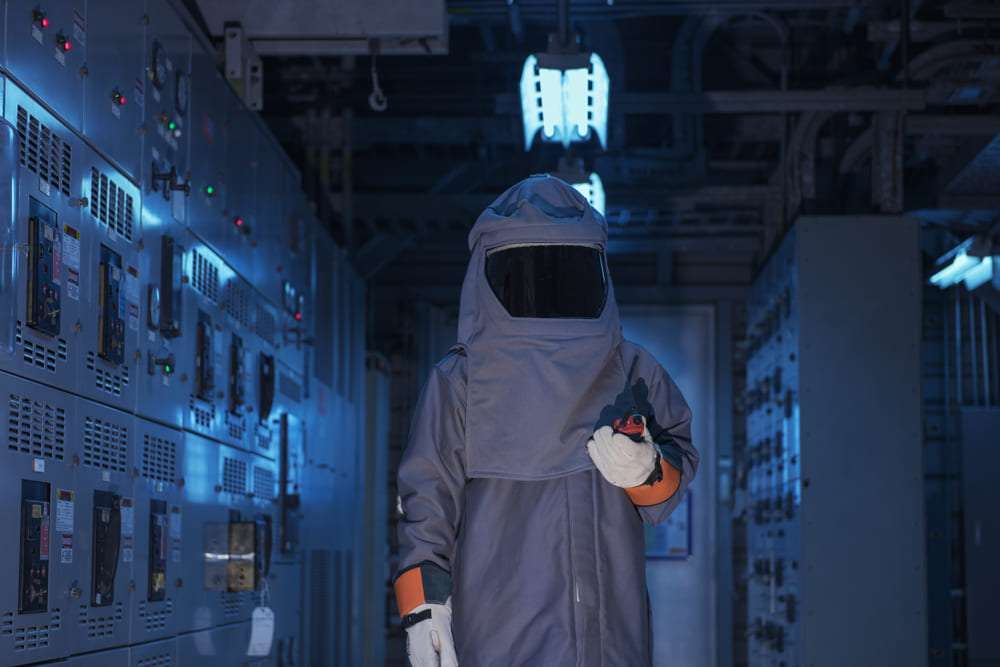
Electrical arcs can develop when a gas is exposed to a voltage that is greater than the gas’ insulating capacity. An arc will occur when the voltage is high enough to ionize the space between the conductors. Ionized air improves as a conductor, allowing electricity to move through it. Ionization of the air results in a current that generates heat and bright light. The phenomena got its name from the way this heat causes the ionized air to rise and form an arch-shaped current. The temperature that an arc flash may reach is 20,000 degrees Celsius.
Arc flash hazards put people and property at peril. Among arc in flash’s effects on business are:
It reduces possible risks as much as is practical. Avoid working on electrified equipment and use extra caution while testing or re-energizing de-energized equipment. Using remote tracking technology, circuit breakers are maintained away from arc flash boundaries that may endanger their users.
Arc flash analysis and power system studies are carried out to identify the risks connected with short circuits and the coordination of protection devices. Protect people and property by using low-threat alternatives, such as remote rack equipment.
Make sure that you have access to the level of PPE (personal protective equipment) necessary by the arc flash hazard category. Engineering tools and practices are being modified to reduce risks. Energy distribution systems and breakers are made to reduce incident energy.
Circuit breakers without current limits will aid industry in reducing fault current availability. For maintenance, these devices can be used with an open tie. By reducing the amount of accessible fault current, opening the connection between dual power feeds during maintenance reduces the risk of an arc flash. By creating an obstruction in the passage of electrical current, current limiting reactors can successfully stop current flow during arc faults.
Support the use of arc-resistant materials. Arc-resistant switchgear uses sealed joints, pressure relief vents on top, and stronger hinges to transport arc flash energy and heat to an unoccupied area through ducts. CareLabs does a detailed arc flash study. Experts evaluate arc flash dangers to improve your safety program. CareLabs can locate and put into practice cutting-edge arc flash danger avoidance techniques. CareLabs can conduct cutting-edge research and put it into practice for arc flash danger mitigation. ETAP software is used in CareLabs for research and analysis.
To ensure that our expertise is accessible in both routine and emergency circumstances, we include crew members in several locations. We quickly attained ISO 9001:2008 accreditation and loyal clients. Indian cities include Delhi, Mumbai, Chennai, Bangalore, and Hyderabad.